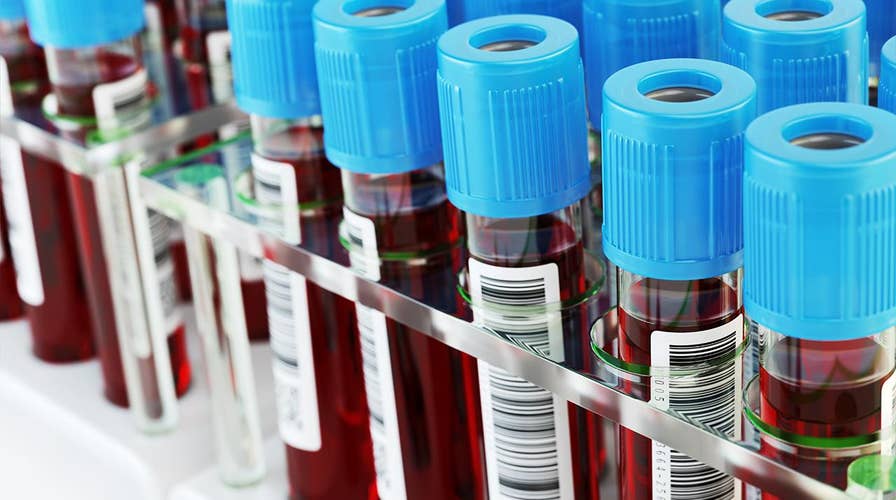The medical benefits of cord blood explained
Medical Mysteries and Marvels: The mystical ways cord blood can save lives and treat diseases like leukemia and some metabolic disorders.
Stem cells have an amazing ability to regenerate healthy blood cells, a useful characteristic for life-threatening diseases like leukemia.
However, it’s important to note that stem cell therapy has both proven and experimental uses. At the same time, many people don’t understand the benefits or recommended ways of donating cord blood for its most beneficial use.
How cord blood is related to stem cells
Cord blood is a rich source of a cell type called hematopoietic stem cells, cells that can turn into red or white blood cells or platelets. In fact, stem cells are essentially immature blood cells, as explained by the National Cancer Institute.
MAN'S 20-FOOT TAPEWORM LINKED TO THIS EATING HABIT
These cells can be harvested in bone marrow or directly from the blood. But cord blood from a placenta may be an easier harvesting method with fewer complications.
According to Dr. Keith Wonnacott, chief of Cellular Therapies at the FDA, retrieving stem cells from cord blood is generally safe because it’s performed after birth of the baby and placenta.
Stem cell uses: What’s approved and what’s not
However, the Food and Drug Administration notes that hematopoietic stem cells only have one approved use: treatment of blood diseases like leukemia and lymphoma. Approved treatments simply transplant these cells for hematopoietic conditions.
Still, researchers are experimenting with stem cell therapy for other conditions, notes a report of the stem cell industry in Stem Cells Translational Medicine . Those conditions include neurological disorders like autism, encephalopathy and cerebral palsy.
The authors state that researchers think these cells can help with regenerating brain cells, reducing inflammation and inhibiting immune system responses among other benefits. But these uses are still experimental and undergoing clinical trials, albeit with some success.
On the other hand, the FDA warns people about misleading advertising among some private cord blood banks. These banks push for private blood banking so that families can access the cord blood later if needed.
HOW A NEARLY BRAIN DEAD 'MIRACLE MAN' SURVIVED AFTER BEING TAKEN OFF LIFE SUPPORT
However, stem cell therapy only has a few approved uses, lowering the chance that families will use stem cells for themselves.
According to the stem cell industry study, the estimated use of private banks are as much as 30 times less than public banks.
This suggests that public cord blood banking is more beneficial, an idea also suggested by the FDA. When donors bank cord blood this way, those with treatable conditions can get access to the stem cells they need.
Continuing stem cell research: Mesenchymal cells
Another stem cell that researchers are investigating is the mesenchymal stem cell. Similar to the blood-forming hematopoietic cell, this stem cell can turn into bone, cartilage, connective tissue, muscle or fat cells. These may help in treating disorders related to these tissues.
However, one report of its current applications reveals that mesenchymal cells are still undergoing clinical trials.
The potential for healing and breakthrough treatments using stem cells is clear, but experts warn against the idea that stem cells can cure all diseases.
CLICK HERE TO GET THE FOX NEWS APP
Wider use of stem cell therapy might come into play in the future. In the meantime, this treatment is still going through the proper channels for study and research.





















